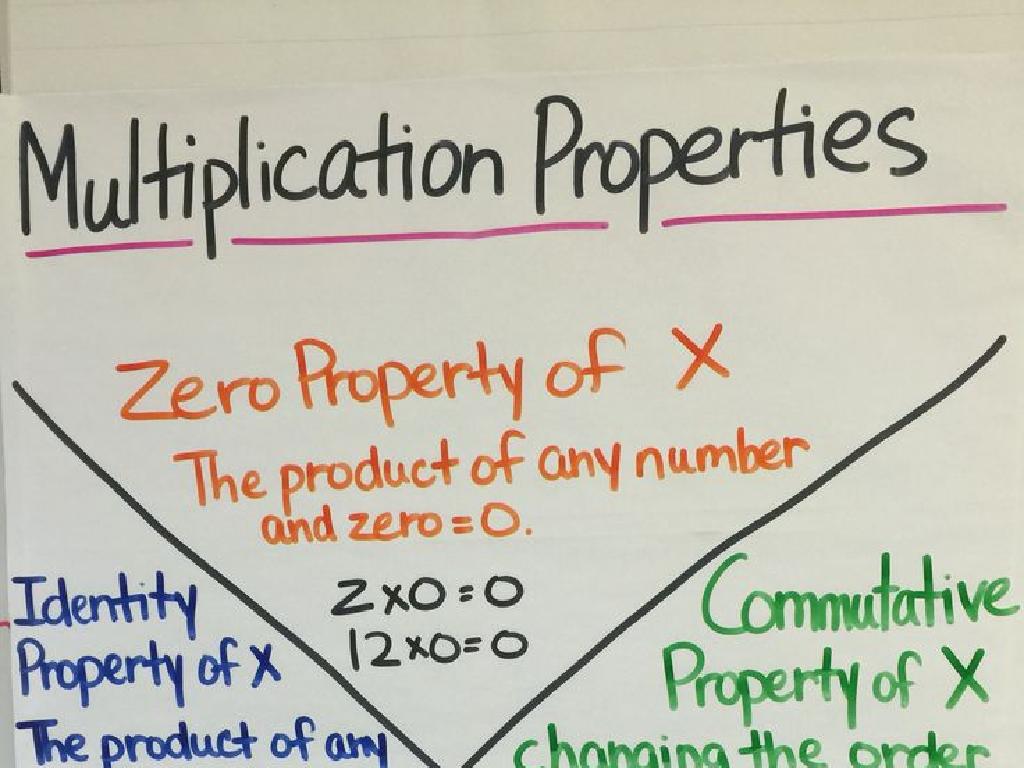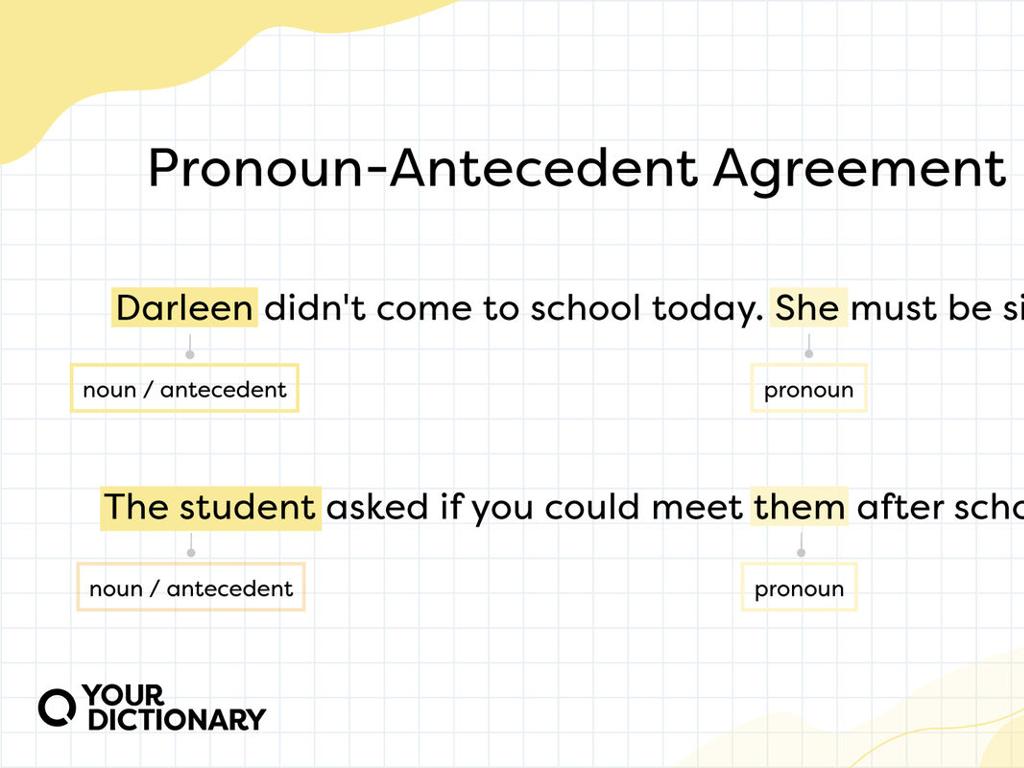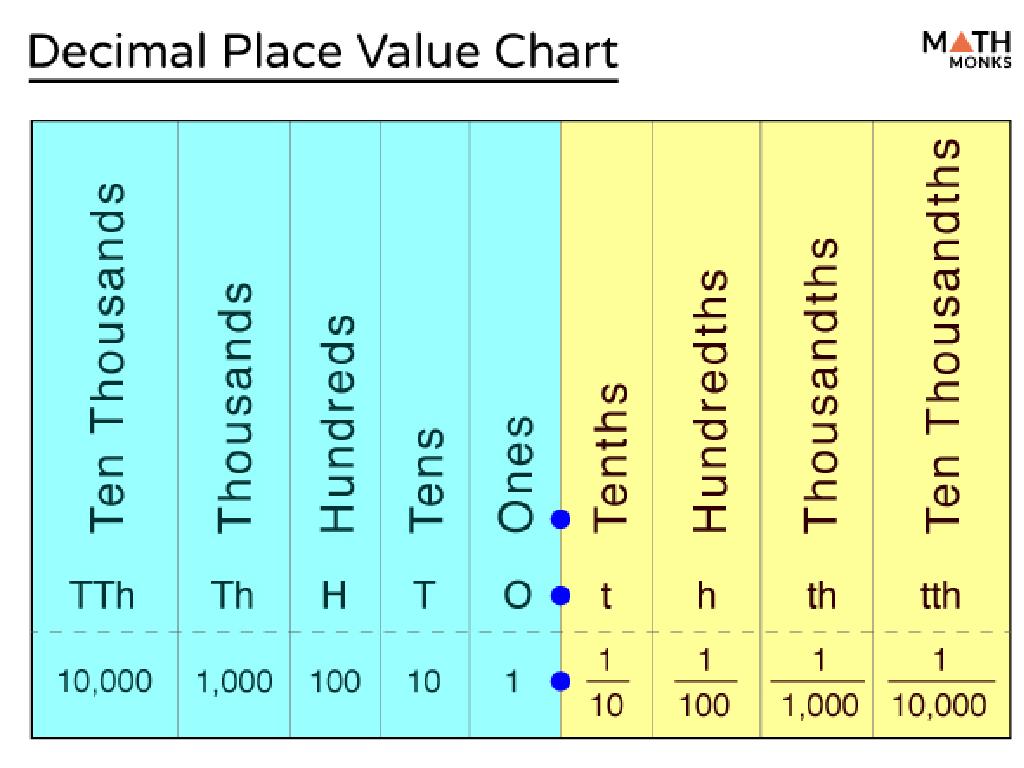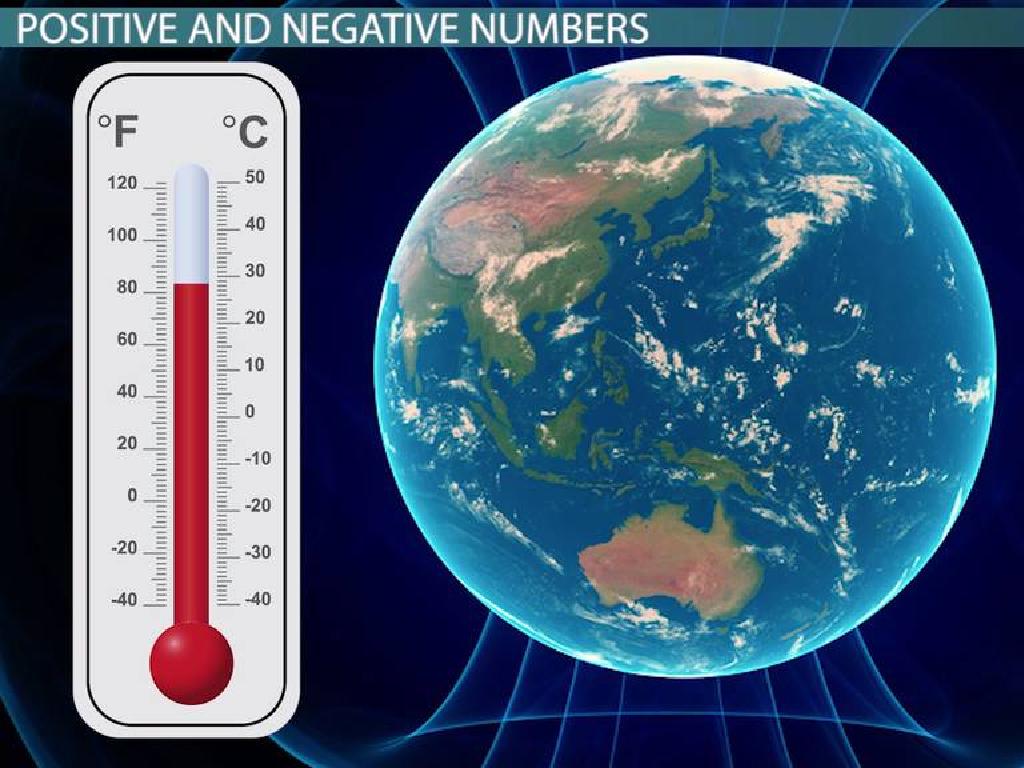Read Along About Science And Nature
Subject: Language arts
Grade: Second grade
Topic: Read-Along Informational Texts
Please LOG IN to download the presentation. Access is available to registered users only.
View More Content
Exploring Science & Nature: Read-Along
– Discovering science through reading
– What is Read-Along Informational Text?
– Stories that give us facts about the world, like animals and plants
– Benefits of reading about science and nature
– Helps us understand the Earth and how things work
– Encouraging curiosity and learning
– Reading about real things can be fun and makes us smart explorers
|
This slide introduces students to the concept of Read-Along Informational Texts with a focus on science and nature. It’s designed to get second graders excited about learning factual content through reading. Explain that informational texts are a type of nonfiction that provide real-world knowledge about subjects like animals, weather, and plants. Emphasize the importance of understanding our planet and the way things work, which can inspire them to ask questions and seek answers. Encourage students to think of themselves as little scientists or explorers gathering knowledge through their reading adventures. The goal is to foster a love for reading and learning about the natural world.
Exploring Science and Nature
– What is science?
– Science is a way to learn about our world.
– Science in everyday life
– Observing plants and weather
– See how plants grow and how weather changes.
– Animals in their habitats
– Look at animals living in different places.
|
This slide introduces the concept of science to second graders as a tool for understanding the world. Emphasize that science is all around us and can be observed in everyday life, such as in the growth of plants, the changing weather, and animals living in their natural environments. Encourage students to think about the last time they saw a plant growing or experienced a change in the weather. Ask them to share their observations of animals they have seen in different habitats, whether in person, in books, or on TV. This will help them connect the concept of science with their own experiences and observations.
Exploring Nature in Science
– Nature: plants, animals, landscapes
– Everything outdoors like trees, birds, mountains
– Nature’s importance to us
– Nature gives us food, clean air, and beauty
– Nature’s role for Earth
– It balances ecosystems and supports life
– Caring for our natural world
– We must protect and respect nature
|
This slide introduces the concept of nature to second-grade students, emphasizing its components and significance. Nature encompasses all living and non-living things found outside, from the smallest plants and animals to vast landscapes. It’s crucial for students to understand that nature provides essential resources like food and air, and it’s aesthetically pleasing, which contributes to our well-being. Nature also plays a vital role in maintaining the balance of ecosystems and supporting all forms of life on Earth. Encourage students to think about ways we can care for nature, such as recycling, conserving water, and planting trees. This discussion can lead to activities where students can engage in environmental stewardship.
Reading Strategies for Science and Nature
– Use pictures for text understanding
– Pictures can give clues about the story or information
– Connect to prior knowledge
– Relate the topic to what you’ve learned before
– Ask questions while reading
– Who, what, when, where, why, and how to deepen engagement
|
This slide aims to equip second-grade students with effective reading strategies tailored for informational texts about science and nature. Encourage students to actively use illustrations as they often provide context and can help decode difficult words or concepts. Prompt them to draw connections between the text and their existing knowledge about the natural world, which can aid comprehension and retention. Teach them to formulate questions as they read, fostering curiosity and active engagement with the material. These strategies will not only enhance their understanding of the text but also build foundational skills for reading comprehension across all subjects.
Vocabulary Building: Exploring Nature
– Habitat: animals’ and plants’ home
– Like a bear lives in a forest, that’s its habitat
– Ecosystem: community of life
– Forests, oceans, and deserts are all ecosystems with different living things
– Conservation: protect our nature
– Conservation is like recycling to help Earth
|
This slide aims to introduce students to key vocabulary related to science and nature. ‘Habitat’ refers to the natural environment where a plant or animal lives. Provide examples like a fish’s habitat is the ocean. ‘Ecosystem’ encompasses a broader community of organisms and their physical environment, working together as a system. An example is a coral reef ecosystem with fish, plants, and water all interacting. ‘Conservation’ is the act of protecting and preserving these natural resources and environments. Relate conservation to everyday actions the students can take, such as recycling and saving water. Encourage students to think of ways they can help conserve their local habitats and ecosystems.
Read-Along Practice: Exploring the Rainforest
– Read a passage about the rainforest
– Imagine the lush greenery and diverse wildlife
– Listen for new vocabulary words
– Words like ‘biodiversity’, ‘canopy’, ‘habitat’
– Discuss the passage together
– Share what you learned and ask questions
– Understand the rainforest ecosystem
– Learn how plants and animals interact
|
This slide is designed to engage second-grade students in a read-along activity focused on the rainforest. The goal is to help them practice reading comprehension and to reinforce new vocabulary related to science and nature. Before starting, remind students of the vocabulary words they’ve learned related to the rainforest. As they read, encourage them to listen for these words and consider their meaning within the context of the passage. After reading, facilitate a discussion about the content, asking questions to ensure understanding and to connect the information to the broader topic of ecosystems. This activity will help students visualize and learn about the importance of the rainforest, its biodiversity, and its role in the global environment.
Comprehension Check: Habitats and Conservation
– Define a habitat
– A habitat is a home where plants and animals live.
– Animals and their ecosystems
– Example: A bear lives in a forest ecosystem.
– The role of conservation
– Conservation helps protect our nature and wildlife.
– Discussing our responsibility
|
This slide aims to check students’ understanding of habitats, ecosystems, and conservation. Start by explaining that a habitat is like a home for animals and plants, providing everything they need to live. Ask students to think of an animal and describe the ecosystem it lives in, such as a fish in a river or a camel in a desert. Discuss why conservation is crucial for protecting these habitats from harm and ensuring animals have safe places to live. Emphasize our role in conservation and how we can help look after the environment. Encourage students to think of ways they can contribute to conservation efforts in their daily lives.
Class Activity: Exploring Nature Around Us
– Observe nature on a school walk
– Spot and discuss different habitats
– What animals might live in the habitats we see?
– Collect leaves and small rocks
– Create a nature collage in class
– Use your collection to make a beautiful collage.
|
This activity is designed to take the learning experience outside the classroom and into the natural world. Encourage the students to quietly observe their surroundings and take note of the variety of habitats near the school. They might see birds’ nests, insect colonies, or small mammal burrows. Ask guiding questions to stimulate discussion about the types of animals that live in each habitat and why. During the collection phase, ensure students respect nature by only taking fallen leaves and rocks. Back in the classroom, provide them with paper, glue, and additional art materials to create their nature collages. This activity will help them appreciate biodiversity and the importance of different habitats while integrating art into their learning.
Show and Tell: Nature Collage Presentation
– Present your nature collage
– Explain your item choices
– Why did each item stand out to you?
– Connect items to today’s lesson
– How do your items show science in nature?
– Share what you learned
|
This slide is for a class activity where students will present their nature collages to the class. Each student should briefly show their collage and then explain the reason behind their choice of items, providing an opportunity to practice their speaking and reasoning skills. They should make connections between the items in their collage and the concepts learned in today’s lesson about science and nature. Encourage them to express what new information they’ve gathered through this activity. For the teacher: Prepare to guide the discussion and help students articulate their thoughts. Have prompts ready in case some students are shy or need help getting started. Possible activities could include comparing and contrasting items in the collages, discussing the importance of each item in nature, or even storytelling from the perspective of one of the items.
Conclusion: Science, Nature, and Our Environment
– Recap of today’s science and nature lessons
– Ways to care for our environment
– Plant trees, recycle, save water
– Encouragement to read and explore
– Find books about animals, plants, weather
– Reflect on what we’ve learned
|
As we wrap up today’s lesson, it’s important to reflect on what we’ve learned about science and nature. Encourage students to think about the different ways they can contribute to a healthier environment, such as planting trees, recycling, and conserving water. Remind them of the importance of continuing to read at home, especially books that explore the natural world. This will help reinforce the concepts learned in class and spark curiosity about the world around them. Ask the students to share one thing they learned today and one action they can take to help the environment, fostering a sense of responsibility and engagement.






